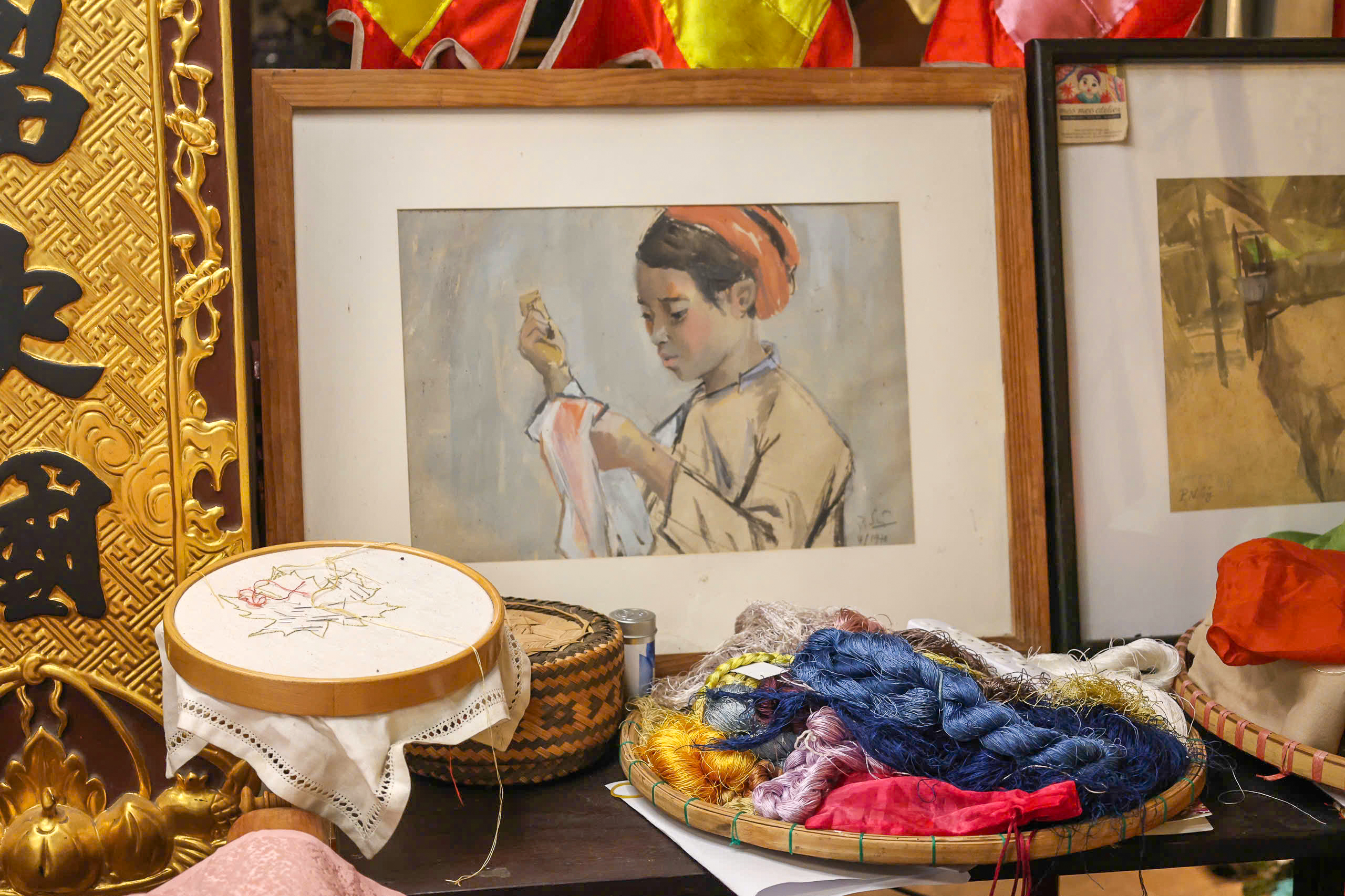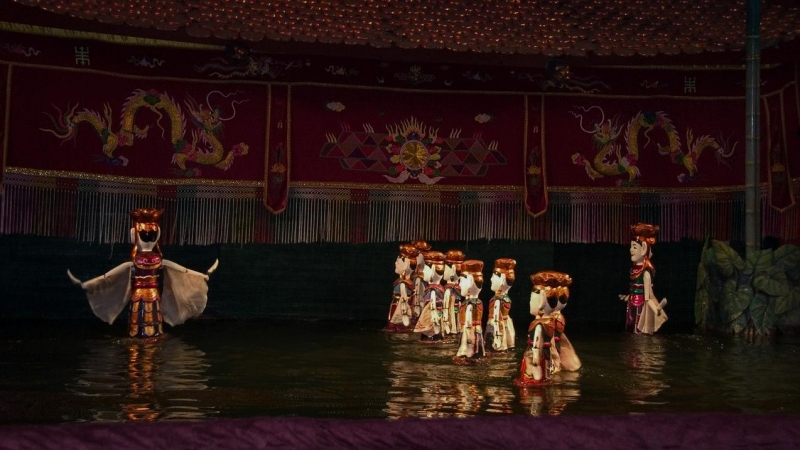Located on Yen Thai Street, Hang Gai Ward, Tu Thi Communal House is a national historical relic associated with the traditional embroidery craft. Built in 1891 by artisans from Quat Dong village, the communal house is both a place to worship the founder of the craft, Le Cong Hanh, and a pilgrimage site for many generations of artisans across the country. With the popular name "Embroiderer Communal House Market", this place has preserved the spirit and value of the embroidery craft for more than a century.
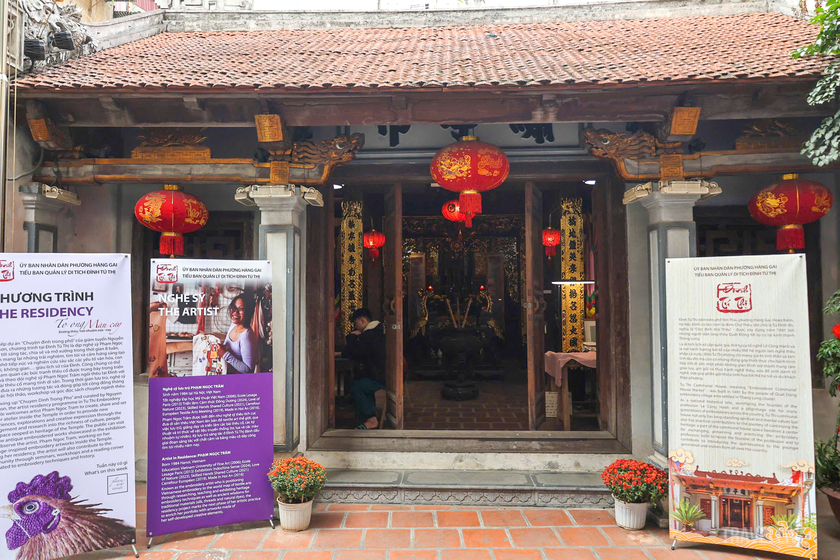
Tu Thi Communal House is a national historical relic associated with the traditional embroidery profession.
Today, Tu Thi communal house not only has historical value but also becomes a center for exchanging and practicing embroidery. Part of the communal house space is used to organize cultural events, such as the exhibition "Silk Ong - Mau Cay", contributing to arousing national pride and promoting traditional quintessence to international friends. According to Mr. Nguyen Manh Linh, Chairman of Hang Gai Ward People's Committee, combining heritage conservation with service economic development is an effective approach to building a sustainable cultural tourism destination.
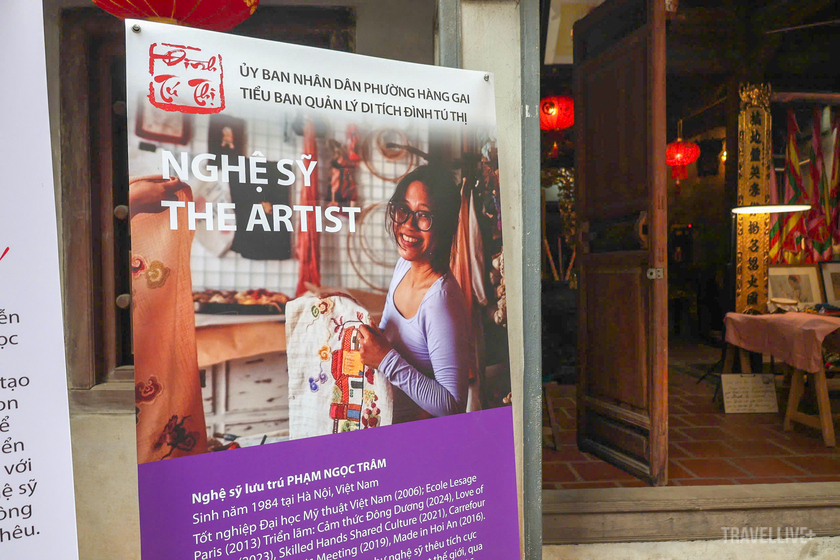
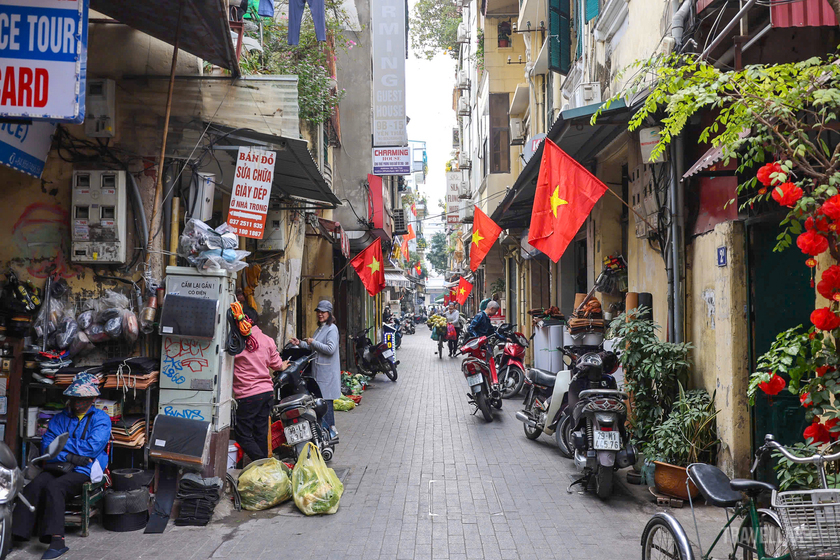
The communal house is located in a small alley.
This embroidery exhibition is a highlight of the community art project "Communal Stories in the City", bringing a new breeze to the spiritual space of Tu Thi communal house - considered the cradle of traditional embroidery. From December 2024 to Lunar New Year 2025, artist Pham Ngoc Tram will stay and create here for 8 weeks, directly practicing ancient embroidery techniques right in the communal house space. Her works use silk, dyed from natural materials such as ant wings, yellow vine, mango leaves, creating a vibrant color palette while still maintaining the harmony of traditional culture.
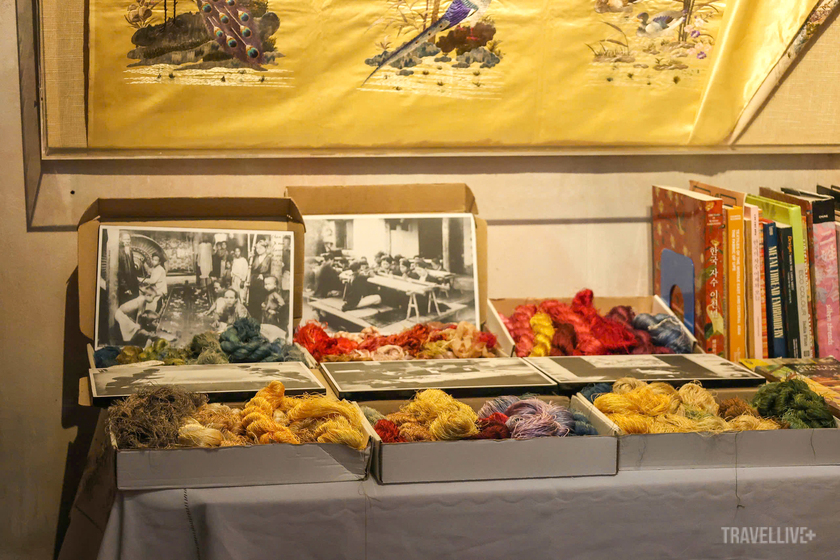
From December 2024 to Lunar New Year 2025, artist Pham Ngoc Tram will stay and create here.

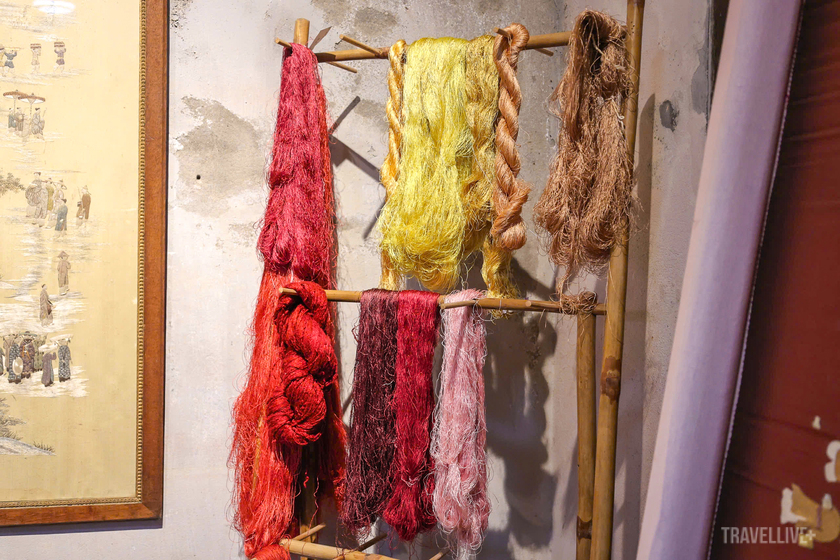
In addition to the open embroidery workshop where the public can directly observe the creation process, the exhibition also displays a collection of ancient embroidery paintings and provides a reading corner for specialized embroidery books. This is where every visitor can more clearly feel the connection between heritage and modern life. Through seminars, workshops and community exchanges, artist Pham Ngoc Tram shares her passion for embroidery, inspiring the younger generation to continue to preserve and develop heritage values.
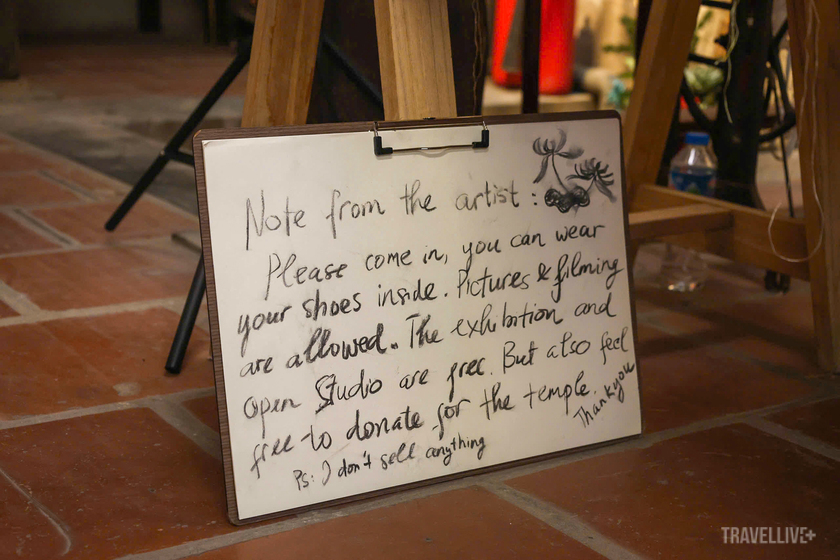
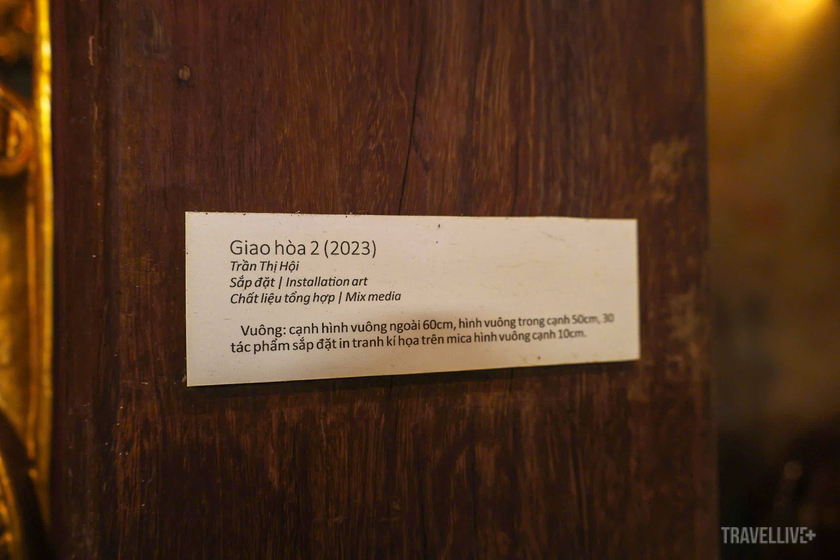
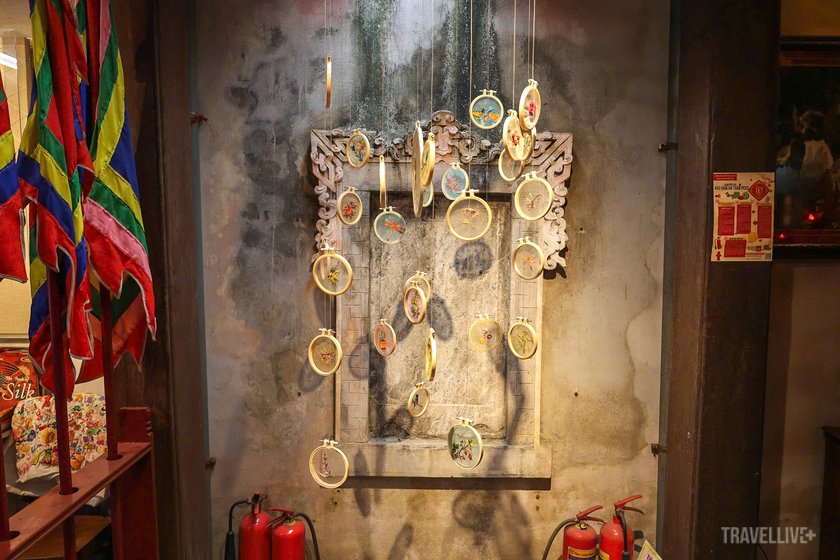
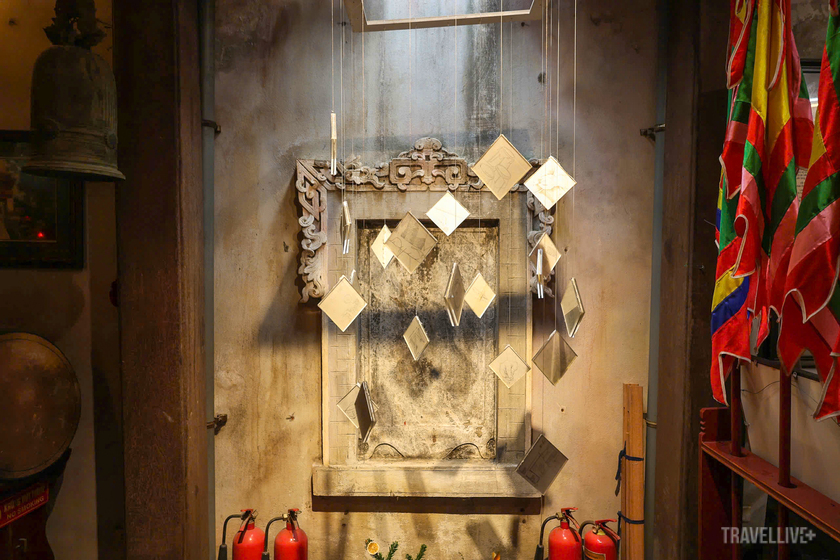
Speaking more about artist Pham Ngoc Tram, born and raised in Hanoi, she has devoted her career to researching and developing traditional embroidery. Graduated from the Vietnam University of Fine Arts in 2006 and Ecole Lesage Paris in 2013, she is one of the most prominent embroidery artists today, with a series of international exhibitions such as Indochina Sensation (2024), Love of Nature (2023), and Skilled Hands Shared Culture (2021).
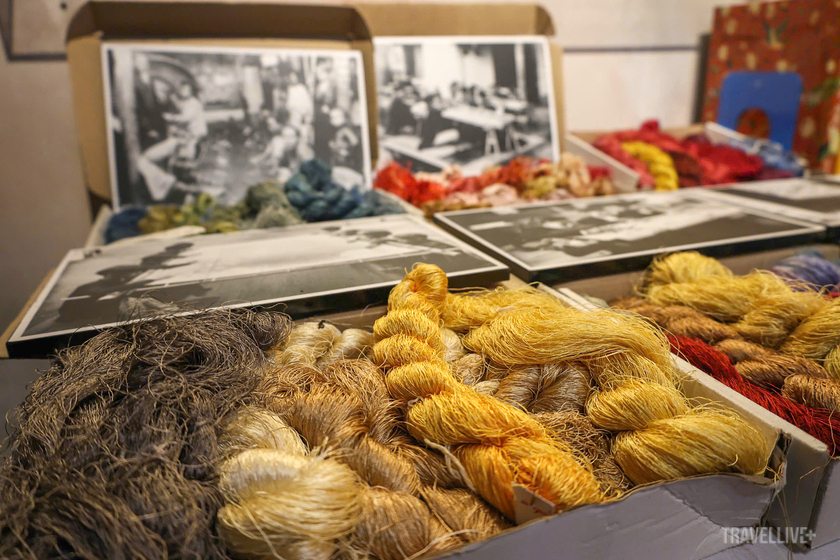
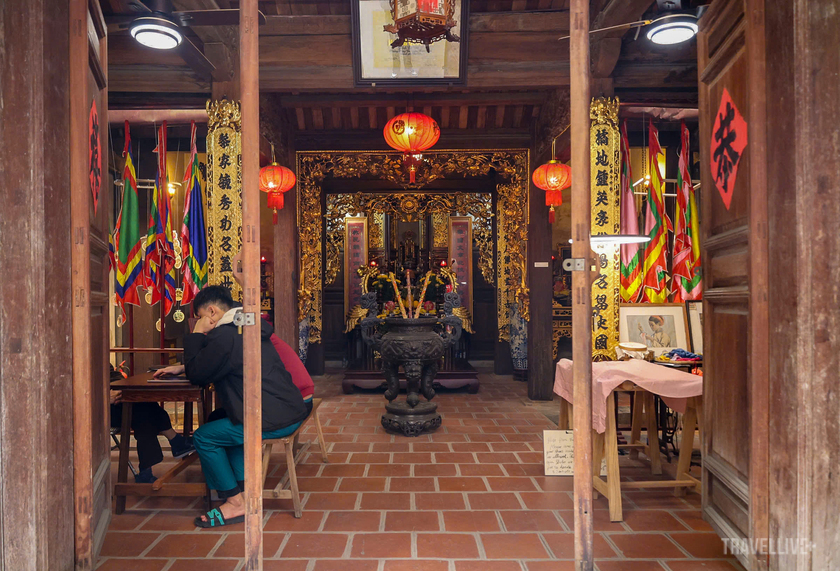
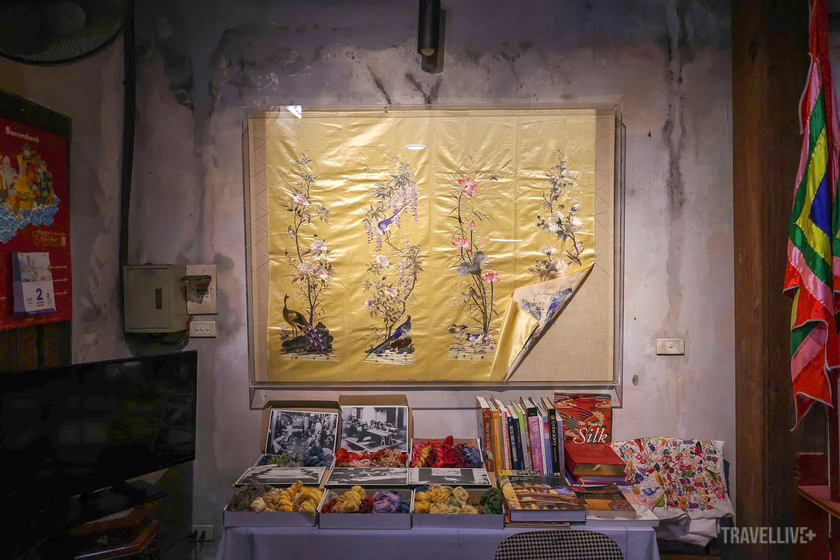

Artist Ngoc Tram’s journey involved field trips to the mountains, where she learned from ethnic minority artisans about embroidery techniques and the use of natural materials. This experience helped her develop her own artistic style, combining the essence of folk culture with a modern approach. As she once shared: “Vietnamese artists are fortunate to be born with a rich source of national heritage. Embroidery is not only a craft but also a way to connect cultural, historical and natural values.”

Pham Ngoc Tram is an independent embroidery artist, currently living in Hoi An.
The exhibition “Tơ Óng - Mầu Cây” is the clearest proof of the above statement with the creative fusion between heritage and modernity. Pham Ngoc Tram’s works recreate folk patterns such as the chrysanthemum motifs of the Tran Dynasty, the dragon boat racing scene, or the sitting posture of playing the Tinh lute in royal court music. However, what makes the difference is the way she uses natural color palettes and hand embroidery techniques to create vibrant works.
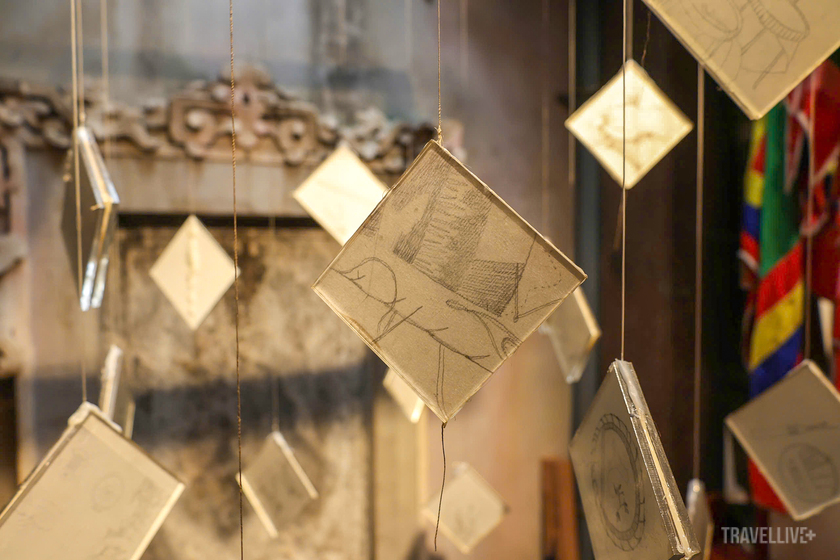
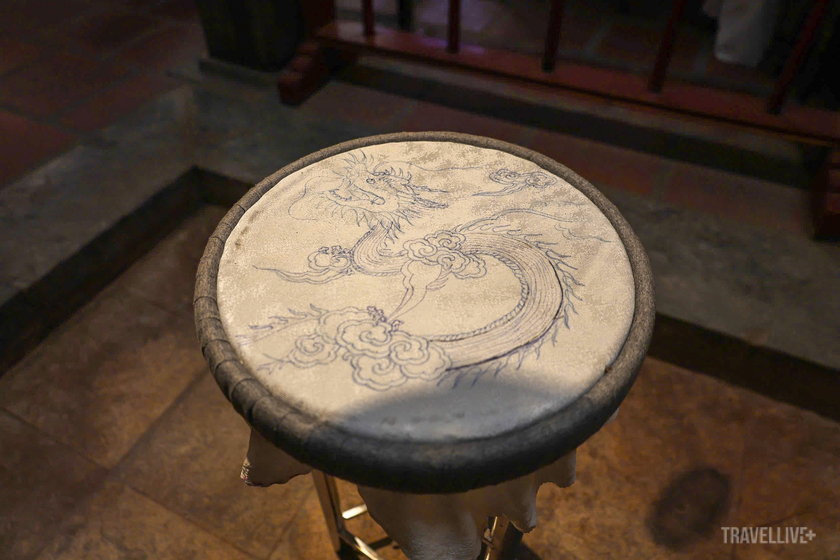

In addition to recreating tradition, artist Ngoc Tram also constantly expands her “world embroidery map” by learning from other cultures. Comparisons between Vietnamese embroidery and countries with similar cultures such as Japan and Korea have helped her realize the unique features of Vietnamese embroidery: sophistication in shaping, color combination and material processing techniques. These experiences not only enrich her knowledge but also contribute to putting Vietnamese embroidery on the international art map.
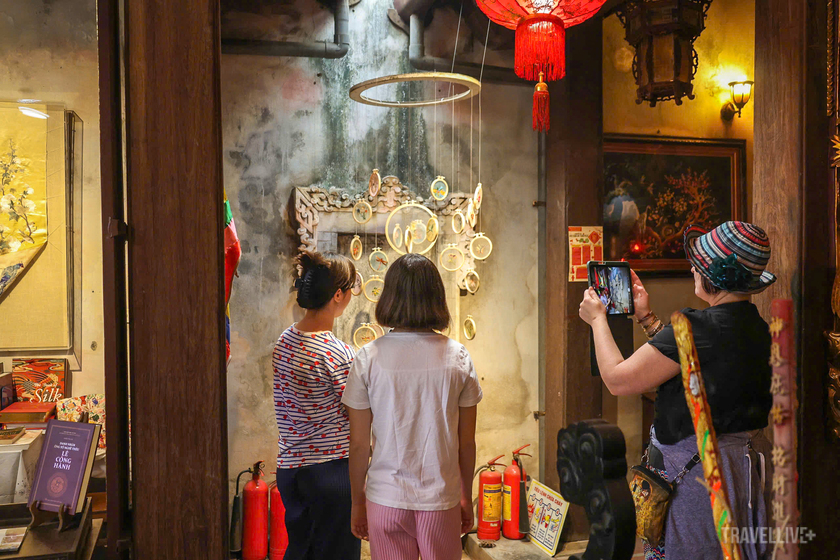
Embroidery is not only a craft but also a way to connect cultural, historical and natural values.

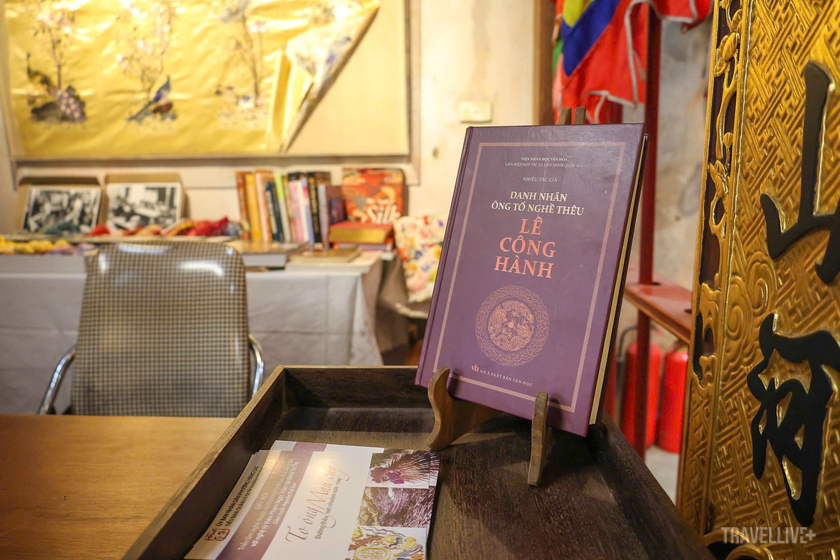
The exhibition “Tơ Óng - Mầu Cây” not only recreates the beauty of the past but also opens up a direction for the future, affirming that traditional art can adapt and develop in a modern context. Activities like this exhibition at Tu Thi communal house contribute to arousing pride in heritage, and are an effective way to promote the service economy and build unique cultural tourism destinations.

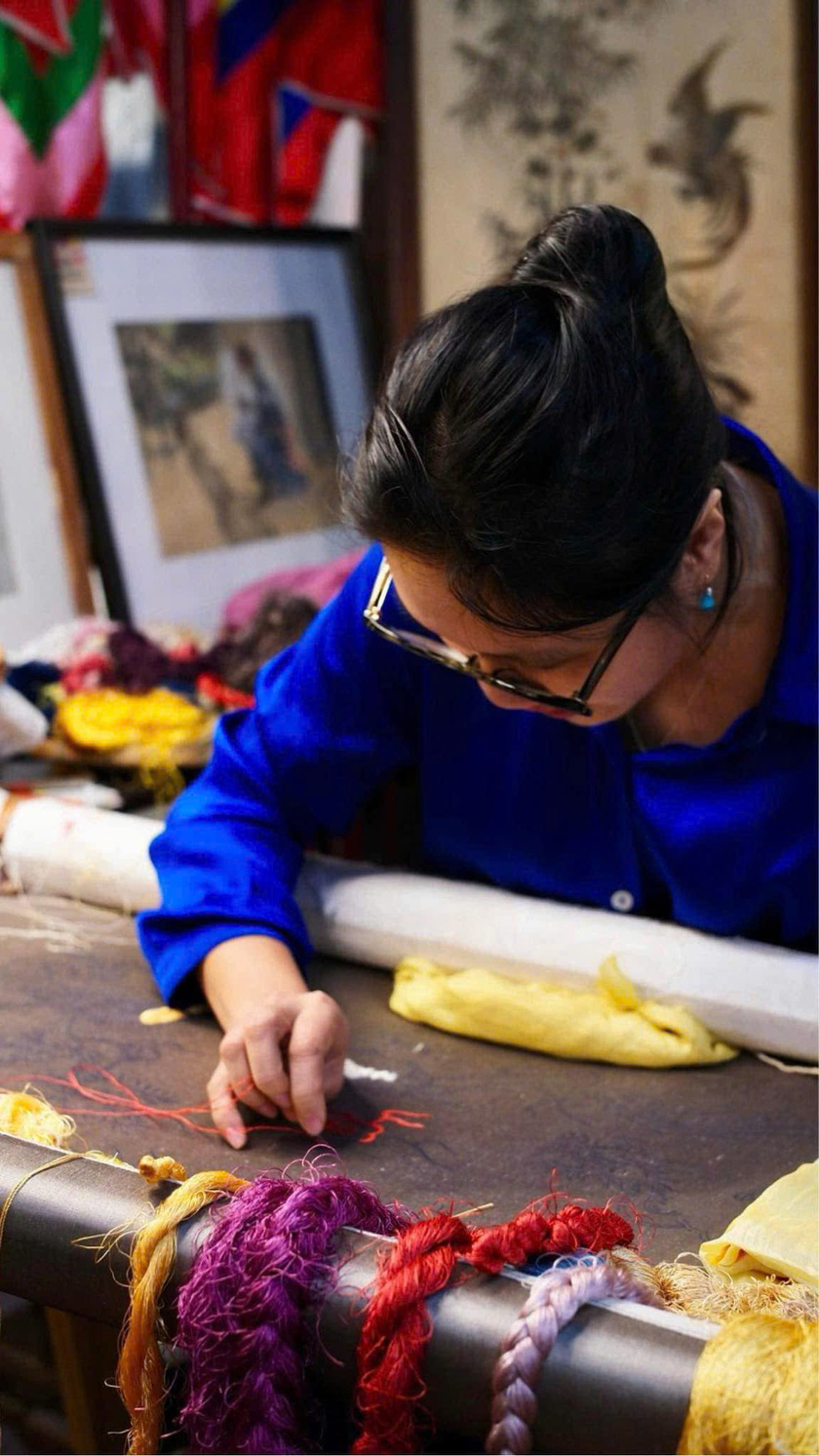
Through exchange, learning and creativity, the exhibition creates conditions for the younger generation to gain a deeper understanding of the value of traditional cultural and artistic heritage. This is a clear demonstration of the enduring vitality of Vietnam’s heritage, which plays an important role in cultural, economic and social development.
The exhibition will run from December 2024 to Lunar New Year 2025, open from 9am to 5pm daily. The public can visit the ancient embroidery paintings on display and watch artist Pham Ngoc Tram embroider at the communal house with ancient embroidery of heritage value. This is an ideal opportunity to explore the depth of Vietnamese culture through traditional embroidery art - where the past and present intersect, creating lasting value.






